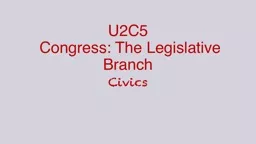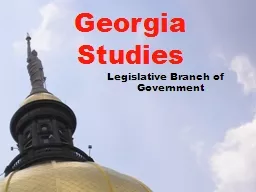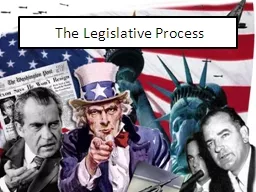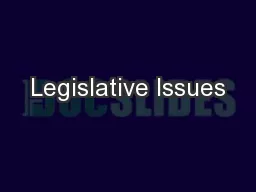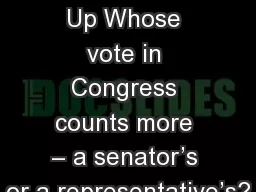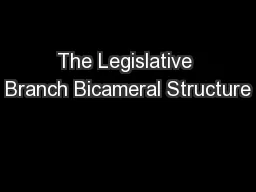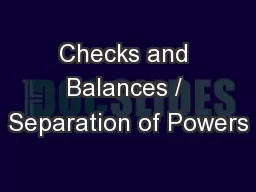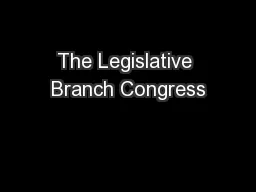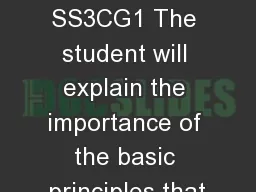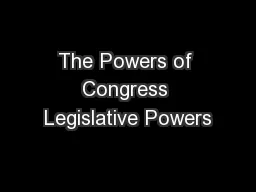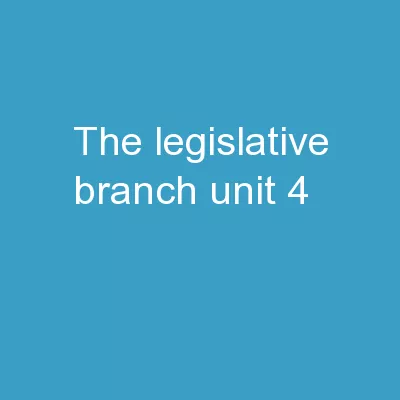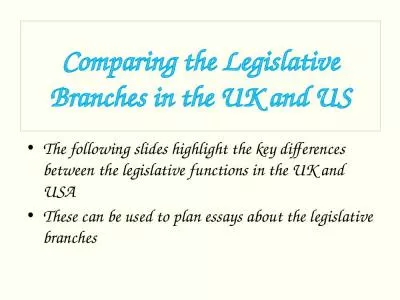PPT-U2C5 Congress: The Legislative Branch
Author : clustik | Published Date : 2020-06-17
Civics Main Idea Congress represents the people and enacts laws in their name playing a vital role in our governments system of checks and balances Essential Question
Presentation Embed Code
Download Presentation
Download Presentation The PPT/PDF document "U2C5 Congress: The Legislative Branch" is the property of its rightful owner. Permission is granted to download and print the materials on this website for personal, non-commercial use only, and to display it on your personal computer provided you do not modify the materials and that you retain all copyright notices contained in the materials. By downloading content from our website, you accept the terms of this agreement.
U2C5 Congress: The Legislative Branch: Transcript
Download Rules Of Document
"U2C5 Congress: The Legislative Branch"The content belongs to its owner. You may download and print it for personal use, without modification, and keep all copyright notices. By downloading, you agree to these terms.
Related Documents

